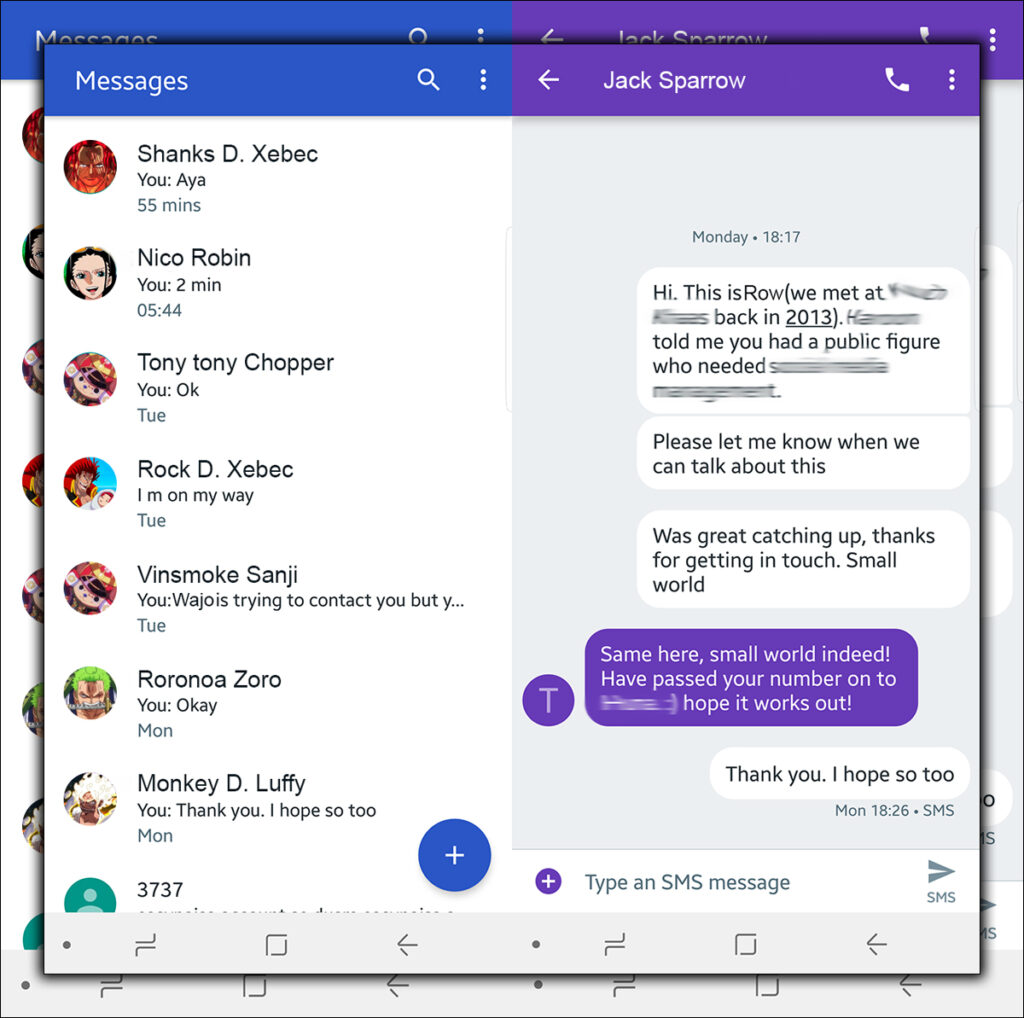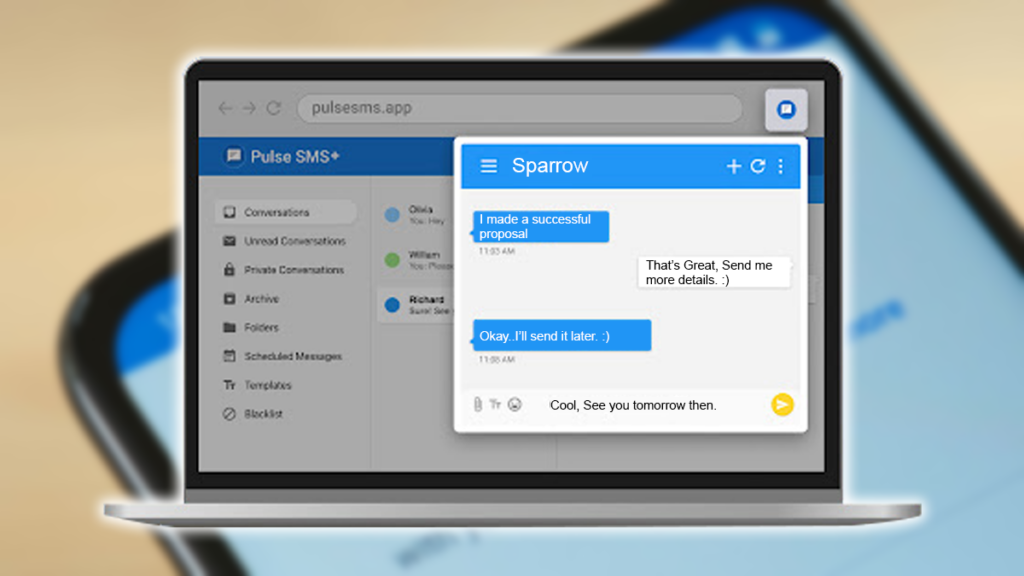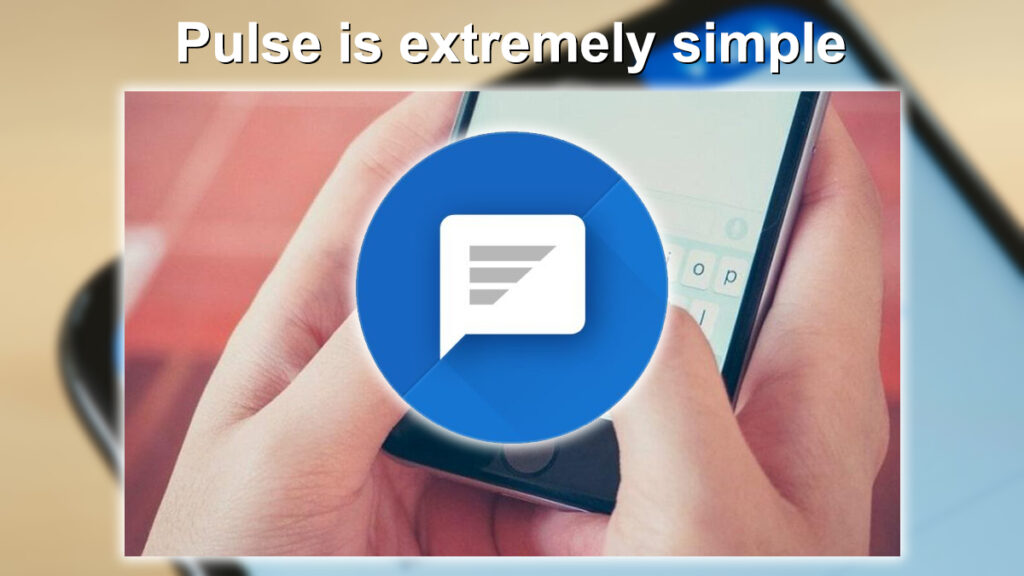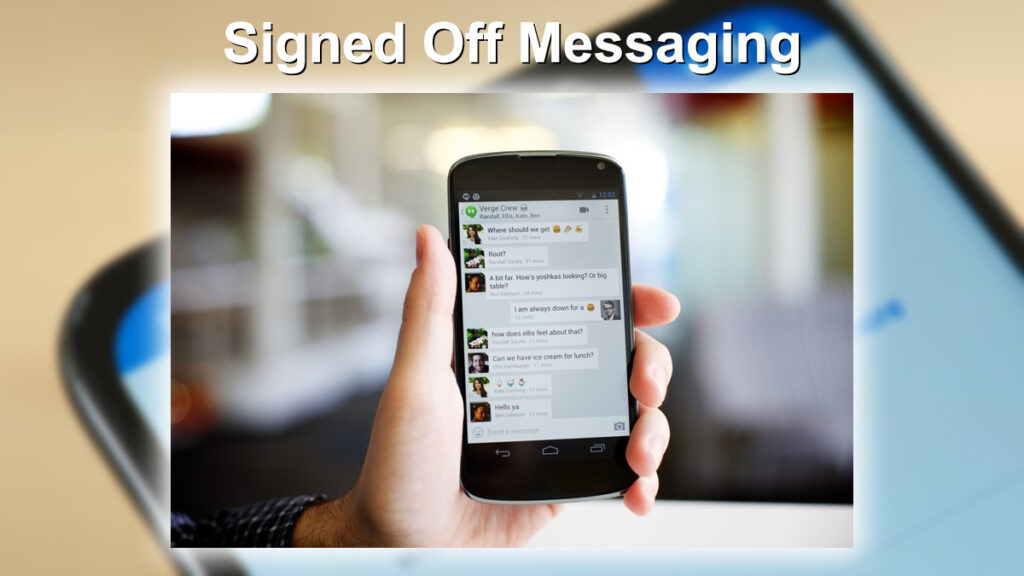In the first four months of 2017, Google spent a lot of effort on its messaging apps. Voice received its first update in several years. A desktop version of Allo was teased on Twitter. Messenger became Android Messages will now be the texting app on most new phones. And Hangouts has lost its ability to send SMS messages to focus on business users.
If it seemed confusing, it’s because it was. Hangouts were once supposed to be the answer to iMessage. Allo was supposed to be Android’s version of Apple Messages. But we were still waiting for it to get proper SMS/RCS support. Then, there was an app called Android Messages. It still didn’t let us access messages sent to another device. Quite frankly, people were tired of waiting for someone to figure it out. There may have been a method to its messaging madness, but no one could work it out. So until it offered multi-platform syncing for SMS messages in Android Messages or Allo. Users decided to look elsewhere for apps that could answer the problems. And some users were never happier until a solution could be found.
Sync or Swim
Sticker bots are fun, but all that was wanted was for Android Messages to sync with the account. They could log in and see all the conversations. Even if there was a change of phones or send texts from a laptop or tablet. And they were not alone. A developer like Klinker of EvolveSMS fame was so frustrated with messaging that it developed pulse, an app that did that only. And since some downloaded it, Android Messages had been collecting dust.

Pulse (right) had a clean aesthetic similar to Android Messages.
The goal for Pulse was to create something cleaner, with the right amount of customization. That worked across all devices and allowed you to talk to anyone, Klinker said in an interview. None of its messaging apps had accomplished that.
Like the rest, Klinker had specific issues with Google’s messaging apps. Hangouts weren’t fast or polished enough. And Allo didn’t have the cross-device functionality wanted by some. And Android Messages was missing a crucial web component. So it set out to build an app that eliminated those barriers. With an elegant, speedy interface that let you pick up your conversations on whatever device you were closest to. Be it a laptop, tablet, or a brand new phone. Most people say that SMS is universal, easy, and low-cost. Anyone with a phone has it. Apple understood that, and by building it into iMessage, Pulse embraced that.
Short and Simple
You won’t find the whimsy of Apple Messages or even Allo in pulse, but that was not the point. It was a specific solution to a particular problem. What’s most striking about it was its drop-dead simplicity, both visually and conceptually. It looked better than Android Messages; once registered with your primary phone, every other device naturally fell into place. A friend received a text from his wife. Then responded to it on a Mac.
Pulse’s web application let you send messages when your phone isn’t nearby
Different Devices
Even if one of your other devices operates under a different SIM card like several of his did. It will let you send messages from the main number just as though you were using his other phone. It was so simple and smooth that it underscored Android Messages’ lack of basic syncing. Pulse is end-to-end encryption between your phone and its servers. There’s no way your SMS or MMS messages can be encrypted to the person you’re sending them to. So the company can’t see or sell your data. But your phone company could still snoop on you if it wanted to. There’s a relatively small fee of $0.99 per month, but I happily forked over the cash. It felt like the messages were in sync for the first time since the switch from Android.
But Klinker also understood the trouble, perhaps better than any of us. Depending on the infrastructure, feature set, and user base, it was sometimes better to build a separate service. As Allo did, instead of improving Hangouts. You didn’t want to alienate current users with a massive UI or feature-set change. Also didn’t want to be held back by the infrastructure. Creating a new infrastructure for Allo allowed them to reshape the platform, improve performance, add new features. And learn from past mistakes.
Mixed Messages
Even with so many attempts, none of Google’s messaging apps had been able to deliver a consistent experience. And while Pulse worked for some, most people would still be jumping through hoops with the apps pre-installed on phones.

Pulse is extremely simple, but it does one job really well.
The question of why couldn’t developers make something on the same level as iMessage was an interesting one, Klinker said. It thought that was what Hangouts was supposed to be. But it just didn’t work the way they wanted it to. It wasn’t up to the quality standards that most people had become accustomed to. So they went a different direction by splitting out Allo, Duo, and Android Message standards.
Pulse’s syncing was perhaps inelegant compared to the account-based system. For one, you need to set the main phone; the others will follow. For another, if you forgot your password, you needed to delete your account and start over. But if nothing else, that proved that different manufacturers and carriers didn’t need to be a barrier to basic syncing.
Trial and Error
But the road was paved with as many questions. Would it focus its efforts on making Android Messages the messaging app to rule them all? Would Allo continue to be the fun alternative to SMS? And would any major carriers other than Sprint sign on to support universal RCS? Klinker was not so sure at the time.

Some signed off messaging with Hangouts, until later, when things got better.
The developers had so much talent on their teams; they had made some fantastic things for messaging. But some opinions noted they were wasting a lot of time. Focusing on platforms that only a subset of users knew about and understood. They thought they would continue to struggle until they could reach the entire user base with their solutions.
Klinker had demonstrated that communication and messaging were essential to them. By releasing so many different apps with different features and styles. They hadn’t decided on the end goal for their messaging programs. It seemed like they wanted to continue to experiment to see what people liked best. And until it was all figured out, some were happy to stick with Pulse.
















